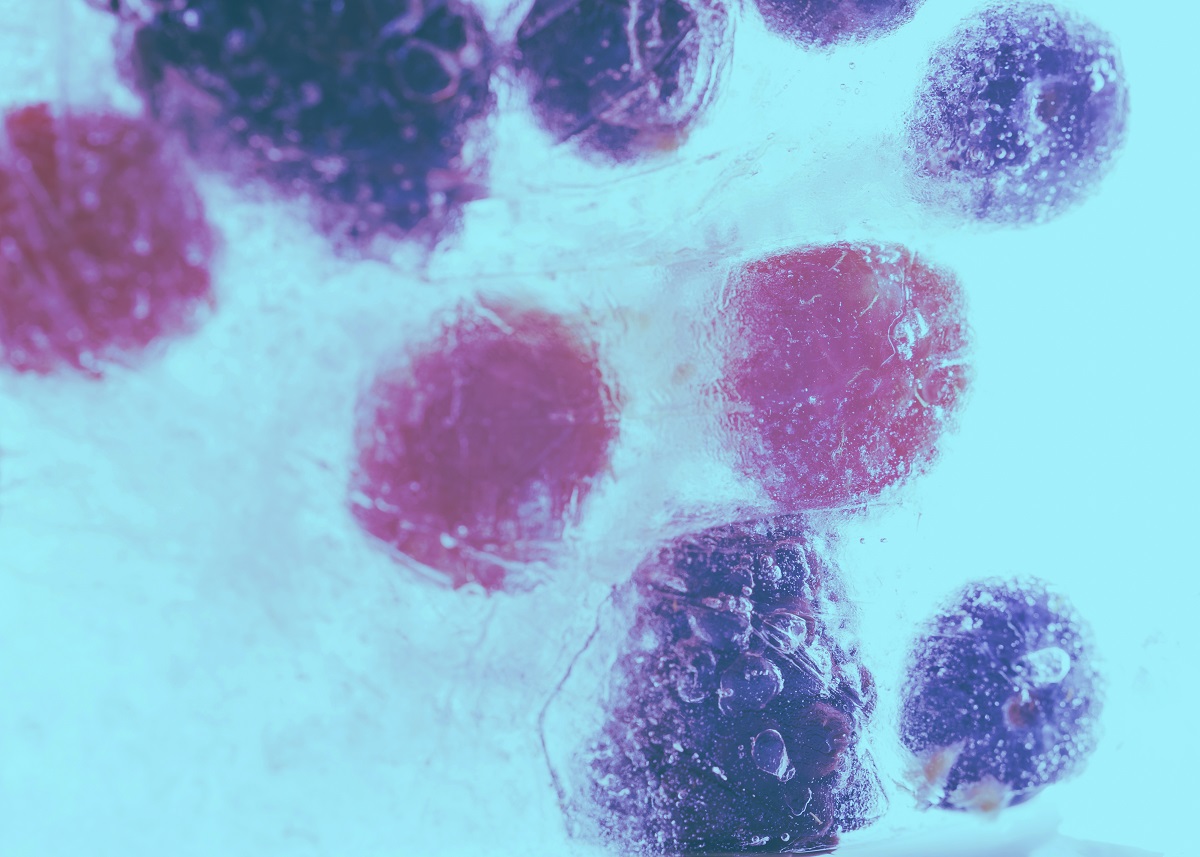KEY TAKEAWAYS
- The phase I trial aimed to enhance outcome data by incorporating additional patients and extending the follow-up duration for updated results.
- The result demonstrated that the Tal+dara achieved deep, durable responses with promising mPFS in heavily pretreated RRMM, even those refractory to other therapies, with manageable safety.
Two promising drugs, talquetamab (tal) (targeting GPRC5D) and daratumumab (dara) (targeting CD38), were combined in the TRIMM-2 study. Early results showed good effectiveness and boosted immune activity.
For this study, researchers aimed to enhance outcome data by incorporating additional patients and extending the follow-up duration for updated results.
Relapsed/refractory multiple myeloma (RRMM) patients underwent Tal RP2Ds with step-up dosing and received dara 1800 mg per approved schedule. Eligibility criteria included ≥3 prior lines of therapy (LOT; including proteasome inhibitor [PI] and immunomodulatory drug [IMiD]) or double-refractory to PI and IMiD, with no anti-CD38 treatment in ≤90 days.
The evaluation included responses based on IMWG criteria, while safety was assessed for adverse events (AEs), cytokine release syndrome (CRS), and immune effector cell-associated neurotoxicity syndrome (ICANS).
The study reported the median follow-up was 11.5 months (range, 1.0–27.3). Median age, 63 years (range, 37–81); 18% high-risk cytogenetics; 25% extramedullary plasmacytomas. Median prior LOT, 5 (range, 2–16): 63% penta-drug exposed; 58% triple-class refractory. Prior anti-CD38, 88% (77% refractory); anti-BCMA, 54% (38%); BsAb, 25% (25%); anti-BCMA CAR-T, 17% (2%).
All participants (N=65) experienced at least one AE (78% grade 3/4). Common AEs included CRS (78%, all grade 1/2), dysgeusia (75%), dry mouth (55%), anemia (52%), fatigue (45%), and skin exfoliation (45%). The median time to CRS onset was 1 day (median duration, 2 days).
Infections occurred in 63%(grade 3/4, 22%; grade 5, 3%). and neutropenia in 38%(grade 3/4, 26%). Postbaseline IgG <500 mg/dL was observed in 85%(32% received IVIG). ICANS occurred in 5% (n=3) (all grade 1/2, resolved in 1–2 d).
The objective response rate(ORR) for RR was (66% ≥VGPR; 45% ≥CR). Notably, anti–CD38–naive patients had a 100% ORR. Responses deepened over time, and at 12 months, 86% of responders (89% with ≥CR) maintained their responses.
Of the responders, 84% remained on therapy. Median progression-free survival (mPFS) was 19.4 months, with 12-month progression-free survival(PFS) and overall survival (OS) rates at 76% and 93%, respectively.
In patients exposed/refractory to anti-CD38, anti-BCMA, and bispecific antibodies (BsAb), ORRs were 75%, 74%/64%, and 75%/75%, respectively. The median time to the first response was 1 month (range, 0.9–8.3).
The result demonstrated that the Tal+dara achieved deep, durable responses with promising mPFS in heavily pretreated RRMM, even those refractory to other therapies, with manageable safety.
Source: https://clml-soho2023.elsevierdigitaledition.com/476/index.html
Clinical Trial: https://clinicaltrials.gov/study/NCT04108195
Dholaria B, Weisel K, Mateos MV, Goldschmidt H, Martin T, Morillo D, Reece D, Rodriguez-Otero P, Bhutani M, D’Souza A, Oriol A, Rosinol L, Bahlis N, Bakshi K, Kang L, Vandenberk L, Smit MD, Wasch R, van de Donk N, Chari A. Talquetamab + Daratumumab in Patients With Relapsed/Refractory Multiple Myeloma (RRMM): Updated TRIMM‑2 Results.



